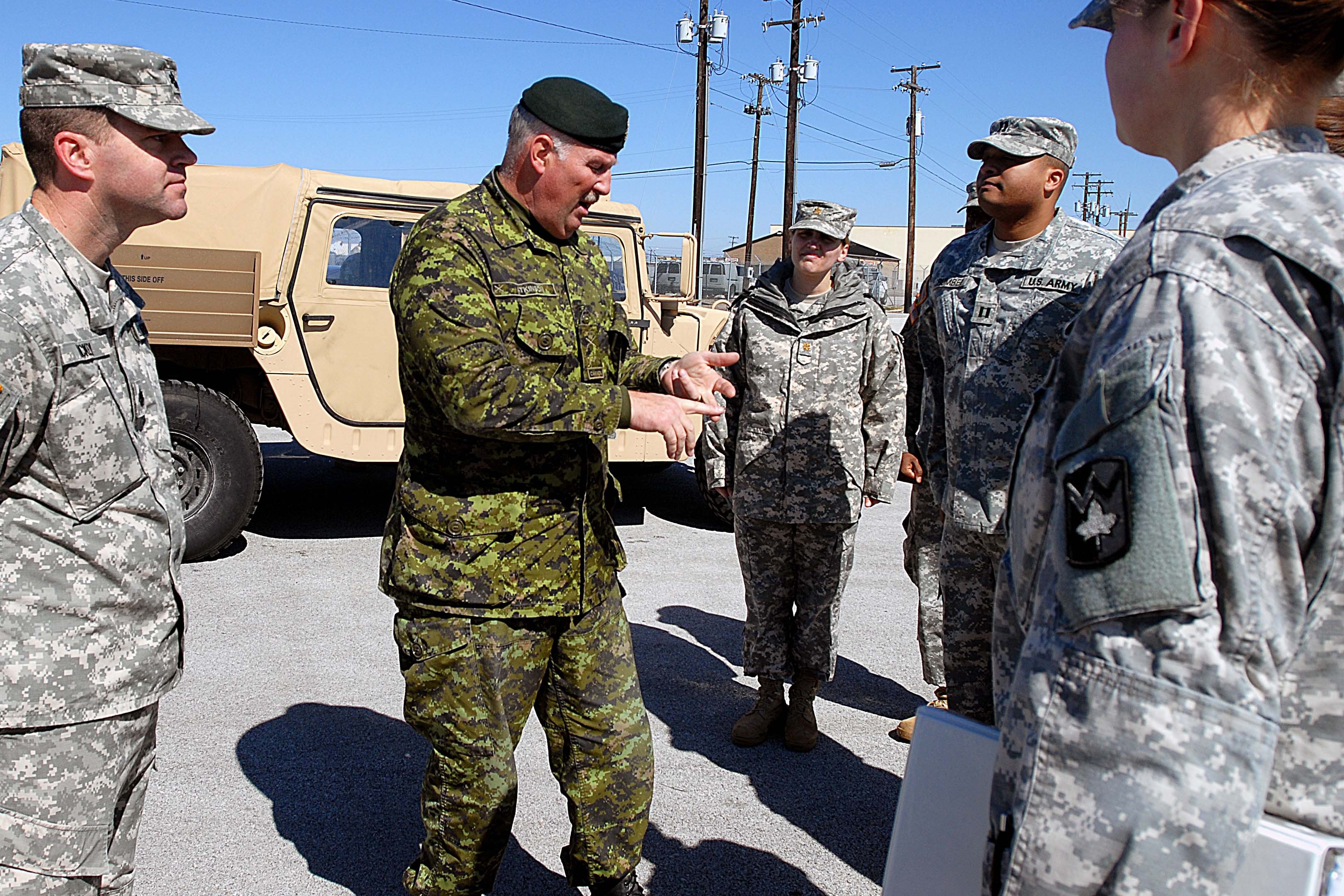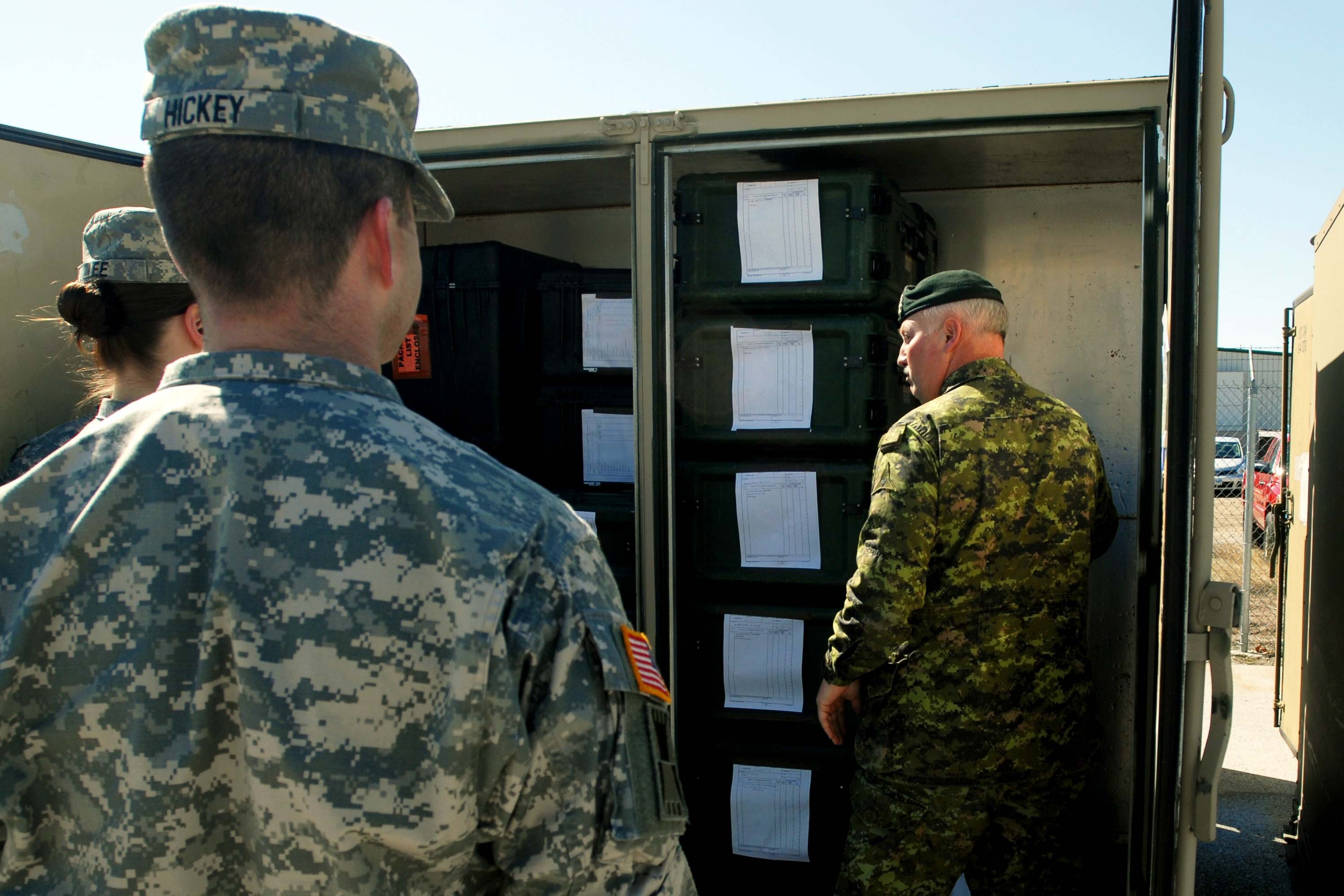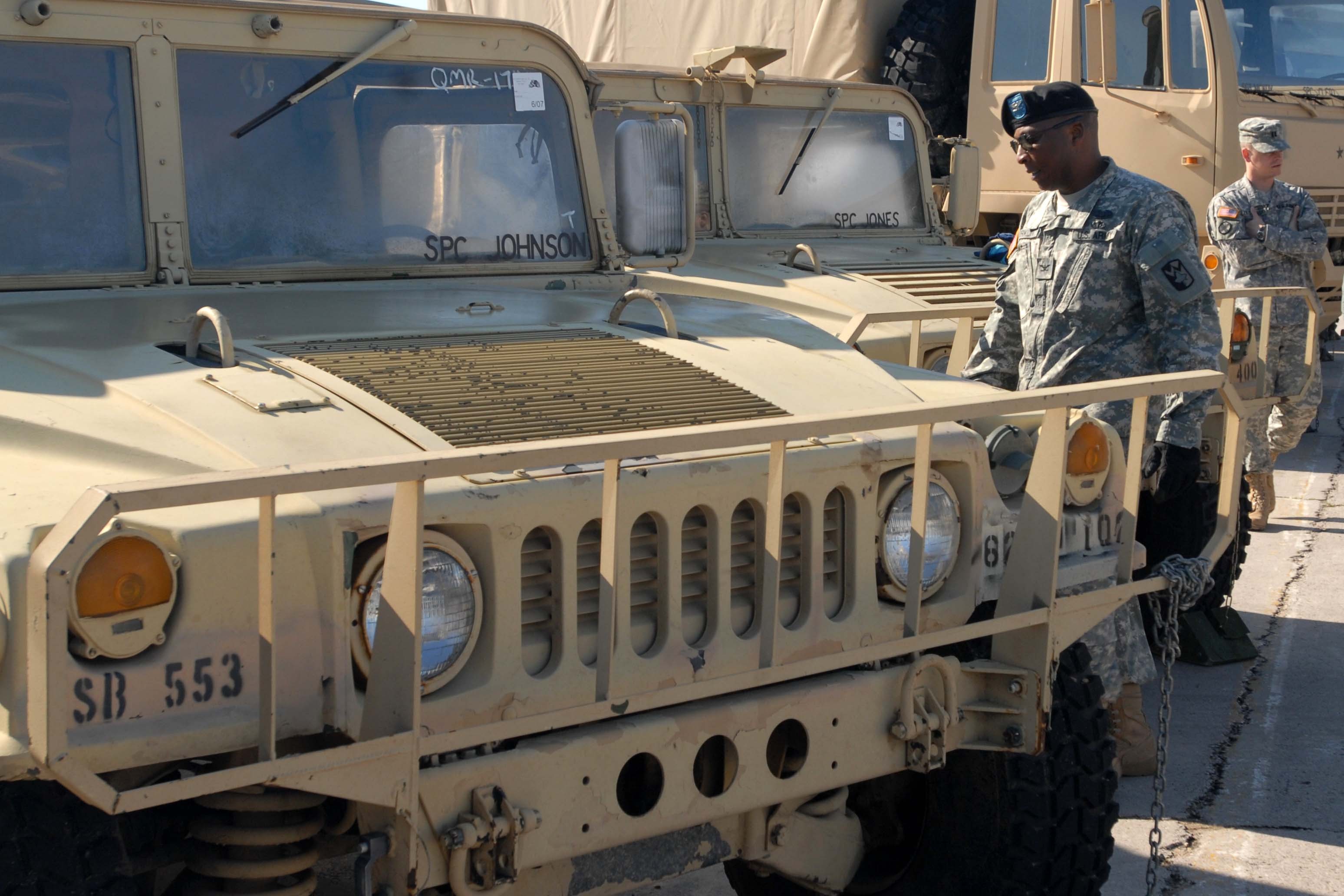FORT HOOD, Texas - Fort Hood and III Corps launched Operation Clean Sweep more than a year ago to help units get rid of unused or broken equipment. Between February and September 2009, units on Fort Hood turned in nearly $14 million in supplies.
Since that time, officials have changed the name of the money-saving endeavor to Enduring Clean Sweep. The name change reflects the post's ongoing mission to put equipment back into the Army's supply system, so it can go to the units who need it most in places such as Iraq and Afghanistan.
The "Enduring" facelift was also a policy change that directed each Fort Hood unit to conduct Clean Sweep before and after their deployments.
"The effort saved the Army millions of dollars last year, and it is expected to save even more in 2010," said Capt. Tracet Bradley, a supply officer for the 4th Sustainment Brigade, 13th Sustainment Command (Expeditionary). "So far the Wrangler Brigade has redistributed more than $3.2 million in supplies."
"It saves so much money because the units that get the excess equipment don't have to purchase new items," said Bradley. "Those units use the items turned in through Clean Sweep."
The operation also helps Fort Hood units save money through the exchange pricing system.
"That system gives units discounts on new equipment if they turn in old items," said Capt. Tishuan Wilson, who was a supply officer for the 4th Brigade Troops Battalion. "In some instances, items are also sold back to the supplier for a credit to the unit."
"It's a great way for unit commanders to get rid of things that they don't need for their mission," Wilson said. "The system also helps units find the stuff that they do need."
However, Clean Sweep is about more than just saving money. It also helps save the environment because scrap metal, wood, and cardboard is sent to the Fort Hood recycling center.
"It is like a recycling effort because equipment is put into the right hands for the best possible use," she said. "It also lets units start with a clean property book, and in these tough economic times, American taxpayers expect us to use their money wisely."
The operation can trace its roots back to when the Command Maintenance Evaluation and Training Team, under the 13th Corps Support Command, began helping units clear out their property books of excess supplies and equipment before and after their deployments in 2005.
"A few years ago a battalion commander found a building that was full of unused equipment stacked all the way to the ceiling," said Shirley Evans, the COMET project manager and planning operations supervisor. "Afterwards, that commander ordered a clean sweep throughout his entire unit, and that's how we got the name."
The COMET staff helped devise the plan to identify, remove, and redistribute unneeded or unusable items on Fort Hood. The 565th Quartermaster Company, 553rd Combat Sustainment Support Battalion was one of the units that helped the COMET execute that operation.
"In the beginning we were taking just about anything you can imagine," said 1st Lt. Sandis Sullivan, who helped sort and transport the excess equipment to supply yards. "You couldn't step ten feet in those yards without stumbling over stuff."
"If a unit isn't using something, why hold onto it' Clean Sweep helps keep the mishandling of supplies to a minimum," said Sullivan. "Useful supplies that are excess to one can be useful to someone next door."
Fort Hood's Enduring Clean Sweep is the blueprint that has sparked numerous installations across the Army to implement similar policies, including Forces Command.
"There is a need for this, now more than ever, as the Army continues to change and equipment continues to become obsolete," said Sullivan. "Other installations should tap into this resource - Clean Sweep must endure."
(Sgt. 1st Class Erick Ritterby from the 4th Sustainment Brigade contributed to this article)








Social Sharing